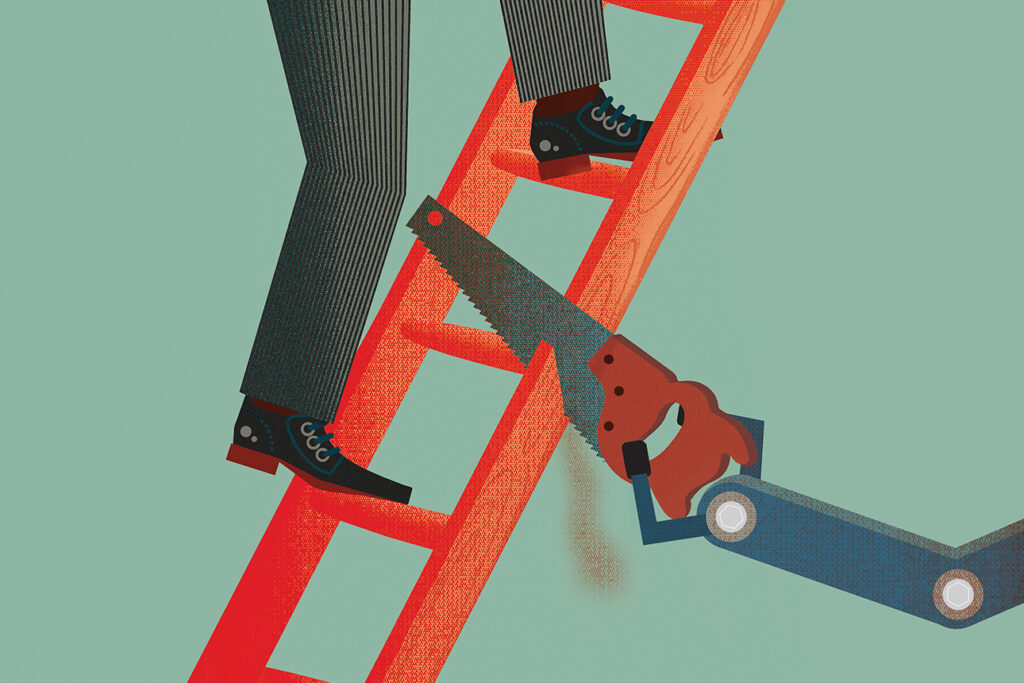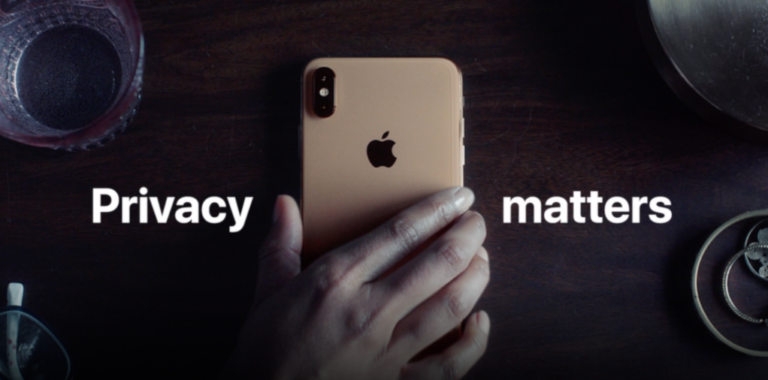
3. Course-Correcting AI Dependence
The smartest brands aren’t just using AI—they’re using it wisely. That means knowing when to pull back and reintroduce the human element.
Brand Example: American Eagle
After relying too heavily on AI-generated social content in 2022, American Eagle shifted its approach in 2023 by bringing influencers and creators back into the fold. Engagement soared. AI remained in the toolkit—but not in the driver’s seat.
How to Rebalance:
- Use AI to assist human creativity, not replace it.
- Set “human checkpoints” in your content workflow.
- Analyze performance not just on efficiency, but on emotional connection and feedback.
Suggested Tools for Balance:
- Copy.ai with human editing layer.
- Canva AI with custom brand templates.
- Surfer SEO for optimizing content structure, while writers handle tone.
4. Consumers Know—and They Care
According to a Pew Research survey, 58% of Americans say they are uncomfortable with businesses using AI to make decisions about them. Authenticity matters more than ever.
Brand Example: Apple
Apple rarely talks about using AI in its marketing, despite using machine learning across the board. Why? Because they understand that consumers trust privacy and human intention over flashy tech.
Transparency wins. Tell your customers when AI helps you serve them better—and when your team is behind the wheel.
Consumer-First Tactics:
- Add a disclaimer when using AI-generated content in emails or blogs.
- Give users control over AI-based recommendations (like Netflix’s “thumbs up/down”).
- Train teams to review AI suggestions critically—not just accept them.
Continue reading…
(Up next, we’ll talk about how to future-proof your marketing by defining AI boundaries today—plus, practical takeaways for your next campaign.)


